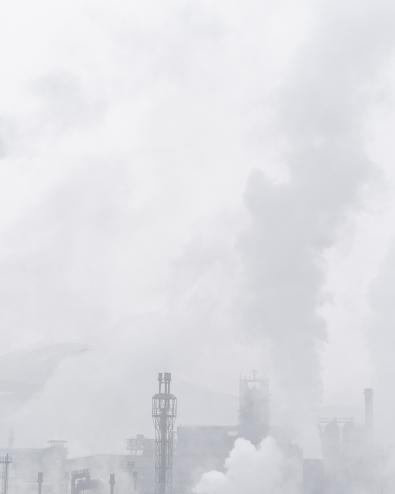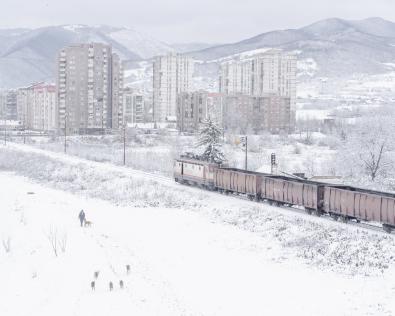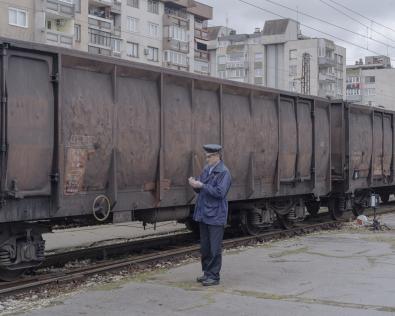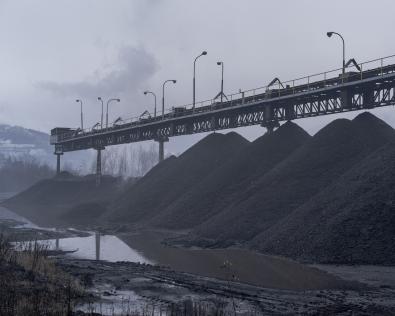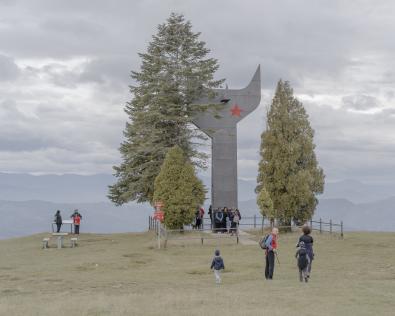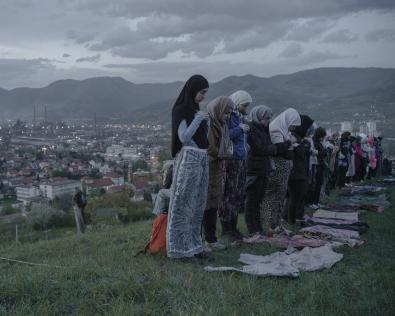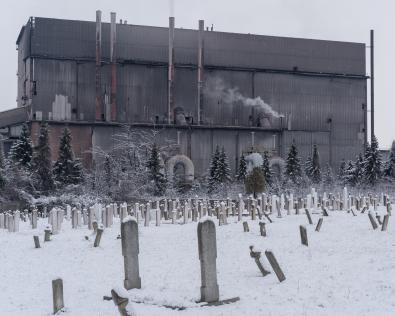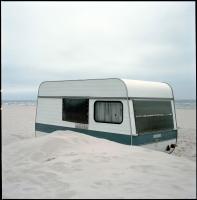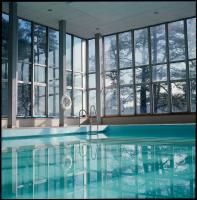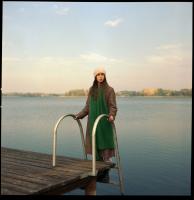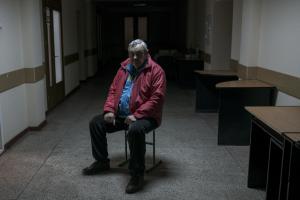Željezara by Lasse Branding
Under Josip Broz Tito’s Yugoslavia, the city of Zenica developed rapidly as a centre for steel and coal, becoming one of the country’s most important exporters. The steel plant expanded enormously and became one of the largest in Europe; by 1991 Zenica had more than 150,000 inhabitants, with its many grey high-rise buildings giving it the reputation of a rough, working-class town. However, following its privatisation and the economic decline of Bosnia after the Yugoslav war, the number of employees decreased to barely 2,000, and production never returned to its pre-war level.
Today, Zenica has one of the highest levels of air pollution in the country and many people suffer from respiratory problems and cancer. At the same time, though, the factory remains the city’s largest employer and an important pillar in Bosnia’s economic system. It is both a curse and a blessing. The fate of the factory and that of the city are inextricably linked: the decline of one means the decline of the other.

